The Origins of Chess and its History
Chess' real history starts prior to the current edition of the overall game nowadays we all know and adore. As schedule and the precise character of of chess' predecessors is just a supply of competition, many historians appear to concur that it probably the most early variations of the overall game originated from 6th-century India.
Chaturanga
Chaturanga's overall game was probably created during the Empire's time. The title of the overall game basically indicates "four sections," and describes the four main hands of the military at chariots: infantry tigers, and the time. These sections were symbolized as items that will ultimately become pawns, knights and rooks about the game board. a master and his standard or therapist registered them - the king was changed from by nowadays.
Even though it can be done to perform the overall game utilizing a contemporary chess collection Chaturanga had many main variations in the contemporary sport of chess. It seems that some items relocated much like their contemporary counterparts as the guidelines of the overall game aren't completely decided on.
Particularly, the master relocated just one sq in just about any path, as the mount relocated just like the soldier that was current does - a vital element that points like some of its variations and a typical ancestor of chess sets uk. The foot-soldiers (or pawns) additionally relocated like contemporary pawns do, but with no guideline which allows the pawns to move two pieces on the first transfer.
Additional guidelines additionally offered a sense than contemporary chess to chaturanga. In the place of possess the two leaders experiencing one another about the panel (because they presently do, about the e1 and e8 pieces), chaturanga had the master jobs compared, using the dark master resting on d8. Removing the opponent 's pieces all apart from their master was enough to get the game!
Chess Moves to Persia
After chaturanga was launched to Persia probably the greatest improvement within the development of chess arrived. There, it turned an activity that was well known among nobility that was Local, and was regarded an essential section of conventional training.
Below, a fresh type: shatranj was developed right into by the overall game. This sport appears a lot more such as the contemporary edition of chess than chaturanga; actually, related tactical and checkmate issues that are almost a millennia-old stay static in some contemporary chess publications, and also the sport of shatranj could be performed on some web chess machines (or having a regular chess collection).
In shatranj, the panel was put up just as it's nowadays (even though leaders were occasionally positioned on d1 and d8, they certainly were usually positioned on exactly the same document whilst the other master). Nowadays as rooks do chariots relocated just, and also the mount was the identical whilst the soldier. Pawns were likewise just like their counterparts that are contemporary excepting both-rectangular move guideline on the first transfer. Stalemating the master of the challenger was a gain, as eliminated their pieces all aside from their king - until they might do exactly the same on the next change, by which situation the overall game was announced a pull for you.
Shatranj gave the globeis first famous people birth, in addition to the first chess- literature that was associated. Excellent people created selections of techniques, authored publications on opportunities, and authored selections of excellent activities. People such as for instance Rabrab, Al Razi, So That As-Suli are recognized to have now been to enduring literature one of the best shatranj people of-period thanks.
Buying Chess Sets
Through the Islamic world, the overall game spread following the conquest of Persia within the 7th-century. From the year 1000 Europe and Spain were completely submerged within the sport, where substitute versions on chess created individually of contemporary global chess and quickly it spread to China and Asia.
Modifications gradually created the overall game a lot more like contemporary chess as the sport initially performed in the Centre Ages communities of Europe was basically shatranj. The largest modifications started occurring around 1300 through the 15th and 14th generations, main guidelines that were many turned generally acknowledged throughout Europe.
For example, by automating procedures that have been typical in activities, but required numerous techniques to accomplish some guidelines were made to accelerate the overall game. The pawns received of shifting two pieces on the first transfer, which additionally resulted in the improvement of the passant rule the choice. The guideline that was castling was created, permitting the master to rapidly escape in the middle that was harmful.
Within the 1400s, to be able to type what we today understand as chess the final main guidelines started initially to alter. King and the bishop were equally created a lot more effective giving them their contemporary capabilities for this period. This really resulted in the overall game being known as Angry King Chess for some time's brand new edition.
From the 1500s, chess appeared nowadays much as it will. This provided the way in which for that first people to arise who'd fundamentally affect techniques and the technique of present day chess, people who'll be coated within the next section of this sequence.
Learn How to Play Chess

Are you interested in learning how to play chess? If so, read on to discover a Beginner's Guide to Chess. Here are some tips to get you started, as well as the rules and pieces. Then you'll have a blast playing chess! There are thousands of different games to choose from, so there's bound to be one that suits you. You can also check out my Beginner's Chess Rules for a step-by-step guide to chess.
Beginner-friendly guide
If you've ever wanted to play the ancient tabletop game, chess is a great choice. It was once the game of medieval monarchs, and it's still enjoyed by countless people today. It's simple enough for everyone to enjoy, from children to veteran grandmasters. If you're new to the game, here's a beginner's guide to playing chess.
Opening moves are an important part of the game. A good one will grant you better protection for your King, control over a particular area of the board, and greater mobility for your pieces. It will also present opportunities to capture the opposing king's pawns. These opening moves have been studied for centuries and given specific names so that you'll understand how to play them. Listed below are some examples of how to play a good opening.
When you're just starting out, play as many games as you can. You can get frustrated with the lack of progress and the lack of competition but try to stay positive and play the entire game through. Oftentimes, players agree to forfeit a game when they aren't sure they'll win. Remember, even the strongest players make mistakes from time to time. Wayne Gretzky said, "You miss 100% of shots you don't take."
Practice and understanding are key. Make sure to understand the rules, and remember to avoid grabbing material in the opening. As you play, the king must be brought to the center of the board to activate the pawns. You should also focus on moving your long-range pieces across the board, as they are able to control more diagonals in the center. Then, try to find a game that suits your skills and your style.
Tips
There are several important tips for playing chess. Firstly, it is very important to understand your opponent's moves. Try not to make your moves immediately after your opponent makes them. Consider your opponent's intentions and plan ahead. You should also practice your observation skills. To improve your play, you should invite friends to play with you. The more people that play chess, the more likely they are to be competitive.
Another important tip for playing chess is to be patient. If you're a new player, it can be very tempting to exchange your bishops for knights early on in the game. But this is a mistake, because a bishop is very useful because it can exert influence on all parts of the board at the same time. Also, the knight takes long to move and can be useless for you in the early game. You should always double-check possible moves and stay focused and patient.
Another important tip for playing chess is to read your opponent. When playing a game with a higher level, it is important to analyze the other player's moves. You can do this by solving exercises from famous chess games. Chess books will have diagrams of complicated positions. Put these positions on the chessboard and calculate possible continuations. Make sure to practice this exercise without moving any pieces.
One mistake made by beginners can end in defeat and cause you to lose the game. The biggest mistake that novices make is underestimating their opponents. This could put your brain to sleep or make you fall into a trap. Similarly, overestimating your opponent can lead to a loss. In order to avoid such mistakes, it is important to learn the best methods of training. If you can't find one, start by making your own.
Rules
There are several principles in chess, but these are not set in stone. They are constantly being tested and observed, but this doesn't mean you have to apply them in every position. The principles are more applicable in certain positions than others, as shown in this diagram. To understand these principles, it is helpful to look at the game diagram. The diagrams below explain the basic principles of chess. In general, the first principle states that if a position is repeated three times, then the player can claim a draw.
A player's king is subject to checkmate, which is when it is impossible for the king to escape. This is possible only with legal moves, such as capturing a threatening piece. Other rules state that a game must be a draw if both players fail to checkmate their opponent. This can be avoided by resigning. However, if you expect to lose, then you can also call a stalemate, which means that you can't move your king.
The game of chess has many variations. Many players make different moves based on the rules and strategies. The most common variations are the following:
The king is considered in check when it is under attack by an enemy piece. If the attacking piece captures the king, the player must move the king out of check by blocking or capturing the attacking piece. In the game, the only way to win is to capture the opponent's king. Once he has checked the opponent's king, he is in "checkmate".
Piece placement
If you've ever played chess and wondered how to place pieces, you're not alone. Most chess games involve some sort of tracking and placement mechanics. But how do you make a program that places chess pieces correctly? The answer lies in the implementation of the class. Here are some examples of how to do it. After you've completed a few tutorials, you can try your hand at writing one!
The pawn has a peculiar movement profile. It can move one square forward, but it can't capture an opposing piece on that square. It can only capture another piece if the pawn is on a forward diagonal. That means that you have to check if a piece is already in the forward tile and add it to your current location. You can also add a variable called castling in the GameManager to check whether a certain piece has a forward-moving neighbour.
One of the most common mistakes is placing the queen wrongly. The black queen should go on the black square, while the white queen should go on the white square. When you're not sure of where to place your queen, try placing it on the colour squares instead of the centre square. It will be easier to remember where to place each piece if you know where to look! Some chess sets even have a second queen of the same colour that is kept to the side and is used when you advance a pawn across the board.
The second step is to generate enough new locations for each direction. This will give you the number of locations to move each piece to. Then, you can use the removeAll function to filter out the non-valued values. To do this, you can pass a callback expression that checks each location against the current position of the piece on the board. When the value is true, the location is removed from the list.
Checkmate
A king and rook versus king mate can be forced in as few as 16 moves from any starting position. Here are some examples. The king of white can be placed on c7 or b6, while white bishops are most effective when they're close to the centre of the board or adjacent to diagonals. These pieces will cut off the opposing king and force a checkmate.
There are many different types of checkmates. Some are easier to spot than others. Strong players may see a checkmate without saying anything and try to find another move. If you've learned about a new type, let us know! We'd love to hear your tips and tricks! Please share them in the comments below! I hope to see many! Once again, keep practising! It will make your game more interesting!
Checkmating is an important part of the game and can make or break the game. It's a pattern of pieces that restrict the king's escape squares, allowing the queen to enter the board and finish the game. The "V" shape of the enemy pieces is a reference to checkmating. To checkmate a king in chess, you must have attacking pieces that support it.
A basic checkmate position is any square in the board that is directly in front of the opposing king. A rook can checkmate a king from any square on the file or rank of the white king. In both cases, a defending king must be in a corner of the board. During a checkmate, the black king can no longer escape. Once he has been forced to accept the check, the game is over.



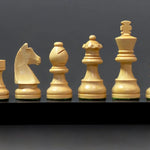
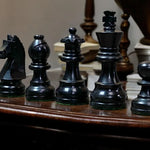
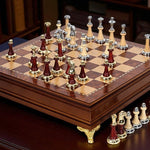
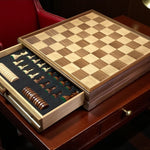
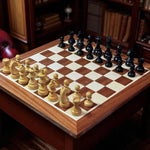
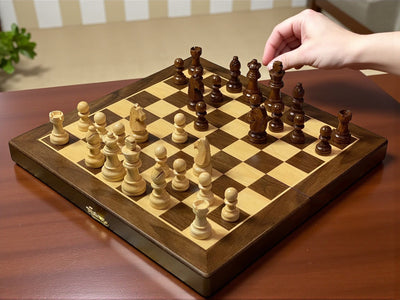
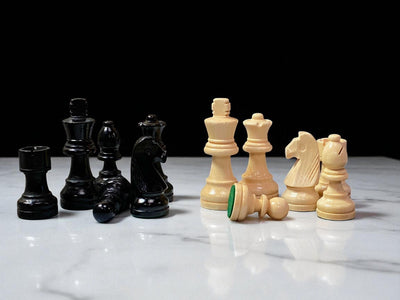
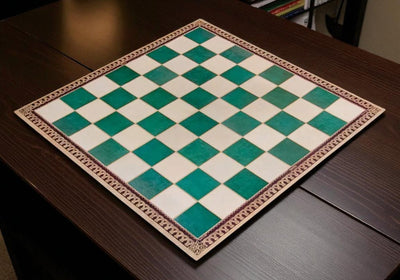
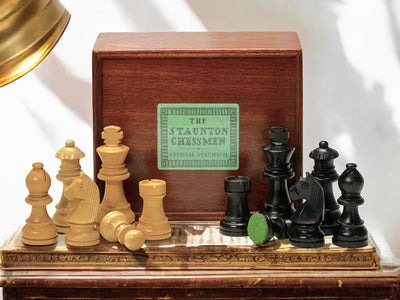
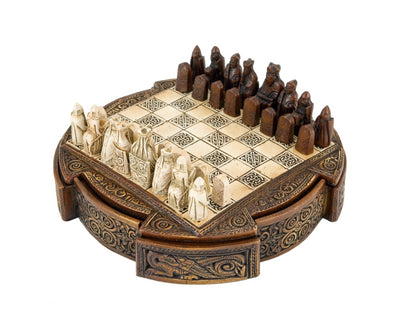

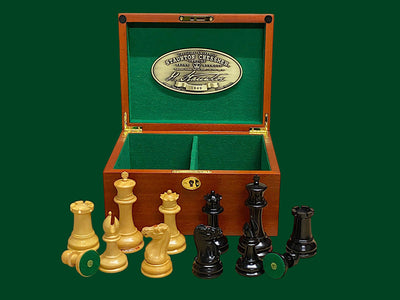
Leave a comment